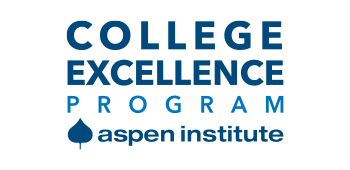While these agreements may help administrators, they do not meet the needs of students. Transfer students need more support, clarity and guidance than what this narrow legal document can offer.
Congratulations! Your college just signed another articulation agreement. You dedicated the work, time and resources to smooth the transfer pathway. Then why are students still struggling to transfer and losing so many credits in the process?
Higher education institutions rely on articulation agreements — formal agreements that define course equivalencies between colleges — as their primary means to improve transfer. While articulation agreements are beneficial as a procedural and legal framework on course credits, many institutions stop their work there. This leaves community college students to navigate the transfer pathway on their own. Even with articulation agreements in place, students commonly find they’ve taken too many courses that don’t transfer and are missing courses that they need. These excess credits cost time, waste money and increase the risk of attrition. To meaningfully improve transfer student success, higher education institutions need to invest in strategies beyond articulation agreements.



